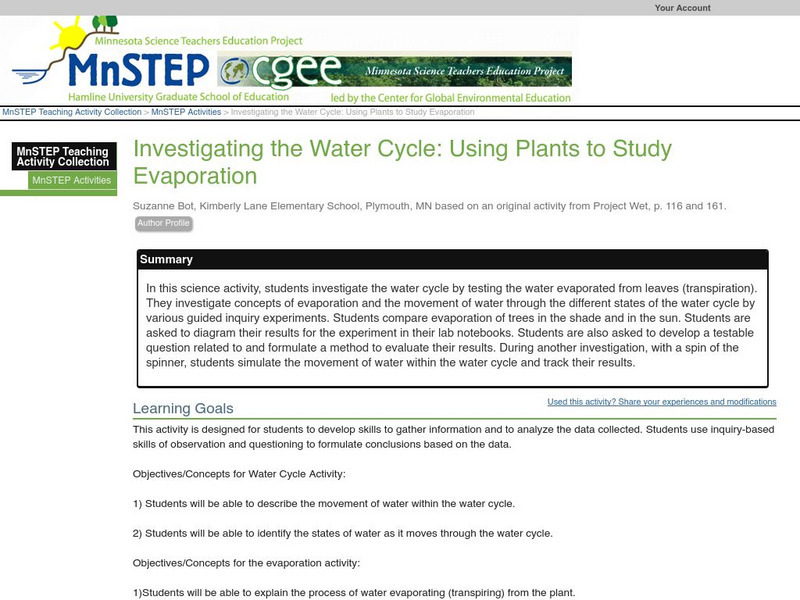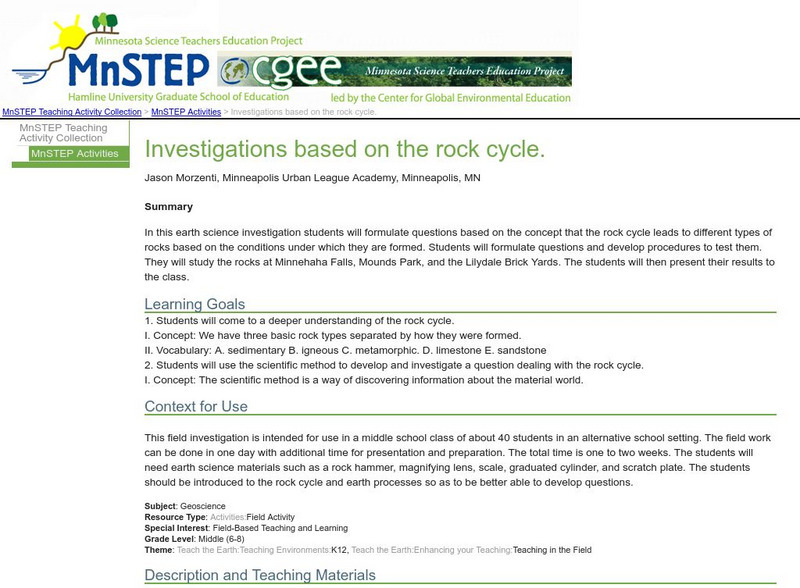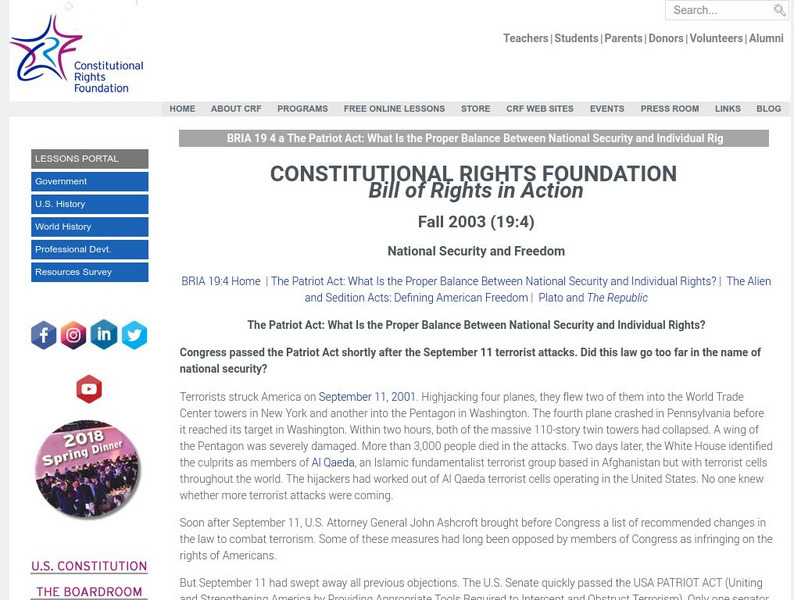EngageNY
TASC Transition Curriculum: Workshop 12
How can opinions slant facts? Workshop participants learn how to examine primary and secondary sources and identify the author's point of view. They also examine how visual art impacts the meaning and rhetoric of sources. Full of...
Texas Education Agency
Texas Gateway: Formulating Systems of Inequalities
Given a contextual situation, the student will formulate a system of two linear inequalities with two unknowns to model the situation.
The Dirksen Congressional Center
Congress Link: Role of Congress in Formulating Policy
Using Bloom's taxonomy, students will learn about one of the major roles of Congress, that of formulating and making policy.
Texas Education Agency
Texas Gateway: Using Inductive Reasoning to Formulate Conjectures
Students will practice identifying the converse, inverse, and contrapositive of conditional statements.
Other
U. Of Wisconsin: Formulating Statistical Questions and Collecting Data
This slideshow gives a detailed explanation of the characteristics of statistical questions and how they differ from other types of questions, the types of studies, and the methods for collecting data. It describes the case of Clever...
Texas Education Agency
Texas Gateway: Formulating and Solving Square Root Equations
This activity provides an opportunity for students to use a square root equation to model a situation and then use the model to make predictions.
Utah Education Network
Uen: Formulate a Career Plan
This lesson will engage students in career research. Each student will use the I-Search process and then write a 3-5 paper about a career of interest.
Other
Rqi: Three and Four Year Old Students Learning to Ask Their Own Questions
Three teachers describe how they used the Question Formulation Technique (QFT) in their classrooms. One teacher used it to teach a fall unit on cranberries, another teacher used this technique in a gingerbread holiday unit, and lastly, a...
Smithsonian Institution
Smithsonian Learning Lab: Digging Up Dirt: How Paleontologists Bring Dinosaurs Back to Life
Teachers can download this teaching package that introduces students to the science of paleontology. Fossil formulation and details about the work of paleontologists are discussed. Find out how paleontologists discover, stabilize, and...
Other
Harvard College: Teaching Students to Ask Their Own Questions
An article, written by two Harvard scholars, provides six steps to help students formulate questions.
ReadWriteThink
Read Write Think: Seuss and Silverstein: Posing Questions, Presenting Points
Contains plans for four lessons that ask students to formulate critical thinking questions and lead class discussions about the issues raised in the books of Dr. Seuss and Shel Silverstein. In addition to objectives and standards, this...
Association for Supervision and Curriculum Development (ASCD)
Ascd: The Right Questions
Learn the Question Formulation Technique to help students express their thinking without having to depend on teacher questioning to peak their curiosity. There are 6 steps and examples of use in the classroom.
Texas Education Agency
Texas Gateway: Ch. 13: Money and Banking: How Banks Create Money
By the end of this section, you will be able to do the following: Utilize the money multiplier formulate to determine how banks create money, analyze and create T-account balance sheets, evaluate the risks and benefits of money and banks.
Federal Reserve Bank
Federal Reserve Banks of Minneapolis: Formulating a Consistent Approach to Monetary Policy
This article examines whether a low inflation policy, the commitment of the Federal Open Market Committee, is really favorable to growth and standards of living.
ibiblio
Ibiblio: Hyper War: u.s. Army in Wwii: Framework of Hemisphere Defense [Chap 1]
This chapter is a comprehensive and detailed account of the formulation of U.S. strategic defense policy in the western hemisphere prior to WWII.
Science Education Resource Center at Carleton College
Serc: Investigating the Water Cycle: Using Plants to Study Evaporation
In this science activity, students investigate the water cycle by testing the water evaporated from leaves (transpiration). They investigate concepts of evaporation and the movement of water through the different states of the water...
Science Education Resource Center at Carleton College
Serc: Investigations Based on the Rock Cycle
In this lab investigation, students will study different types of rocks and formulate questions about the conditions under which they formed. This lab requires students to use the concepts learned about the rock cycle to develop a...
Constitutional Rights Foundation
Constitutional Rights Foundation: National Security and Freedom
In-depth and comprehensive learning activity in which students analyze the debate surrounding the Patriot Act and apply constitutional reasoning to formulate opinions about the balance between national security and right to privacy....
Constitutional Rights Foundation
Constitutional Rights Foundation: Life Under Communism in Eastern Europe
Activity based resource on political and economic systems, asks students to explore communism, capitalism, socialism and democracy and formulate informed opinions for discussion and debate. Group and individual work.
Constitutional Rights Foundation
Constitutional Rights Foundation: Global Warming: What Should We Do About It?
Activity based resource for teachers in which students are involved in reading summaries, literature and scientific reports about Global Warming, formulating a response on how to approach Global Warming, then taking part in a mock Global...
US National Archives
National Archives: The Treaty of Guadalupe Hidalgo
Was the Treaty of Guadalupe Hidalgo a fair compromise to end the Mexican-American War? Students will dissect sections of the treaty to summarize and formulate a conclusion to that question.
US National Archives
National Archives: How Effective Were the Efforts of the Freedmen's Bureau?
Upon being freed, the formerly enslaved people had many challenges to overcome. The Freedmen's Bureau was established to assist the newly free people. Students will examine the following documents and formulate an opinion about the...
TeachEngineering
Teach Engineering: Creepy Silly Putty
Students learn about viscoelastic material behavior, such as strain rate dependence and creep, by using silly putty, an easy-to-make polymer material. They learn how to make silly putty, observe its behavior with different strain rates,...
TeachEngineering
Teach Engineering: Factors Affecting Friction
In this lesson, students use previous knowledge about friction to formulate hypotheses concerning the effects of weight and contact area on the amount of friction between two surfaces. In the Associated Activities (Does Weight Matter?...
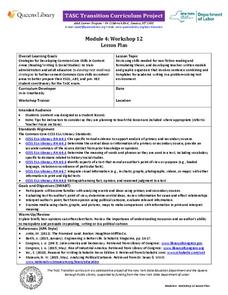


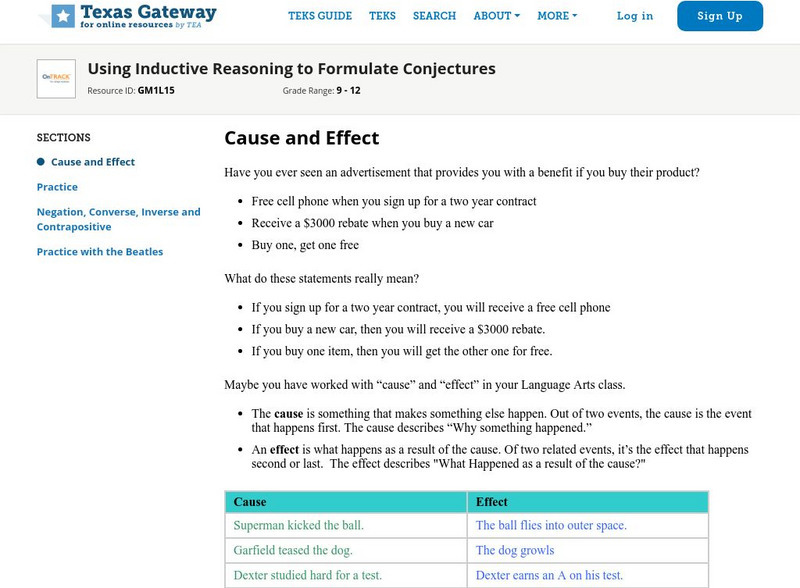


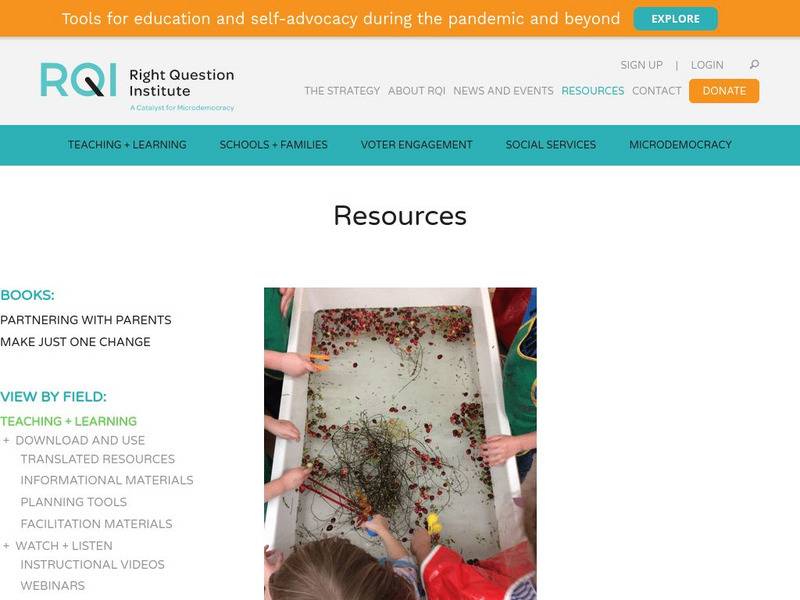


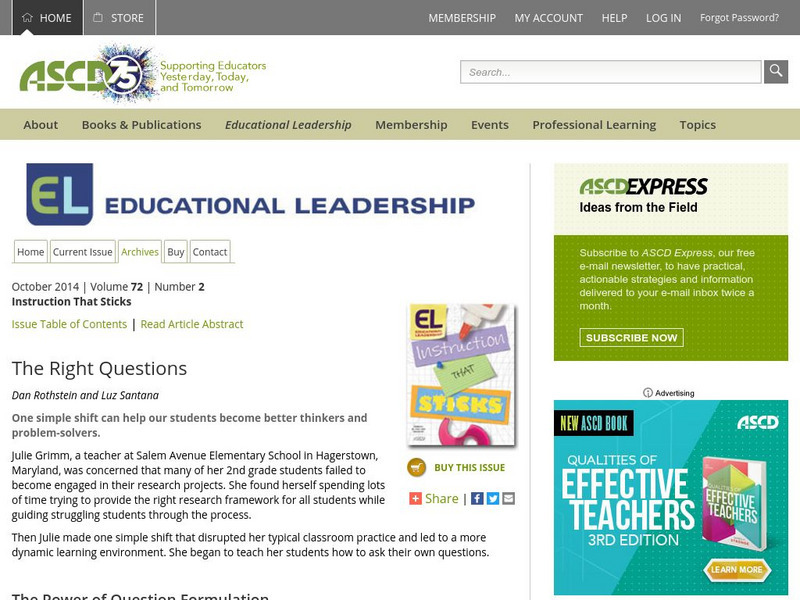


![Ibiblio: Hyper War: u.s. Army in Wwii: Framework of Hemisphere Defense [Chap 1] eBook Ibiblio: Hyper War: u.s. Army in Wwii: Framework of Hemisphere Defense [Chap 1] eBook](https://content.lessonplanet.com/knovation/original/8511-d9d77768a0801022f8d506ba58f7b46c.jpg?1661247675)
